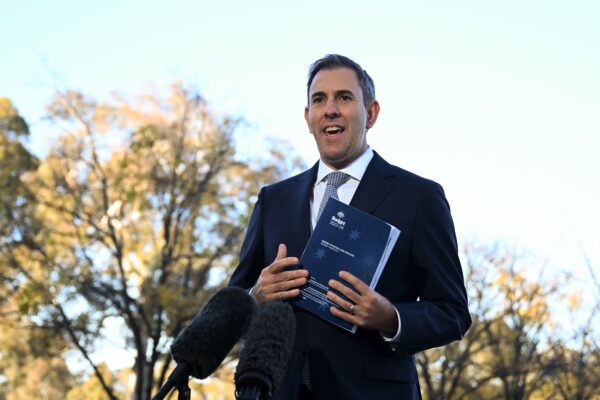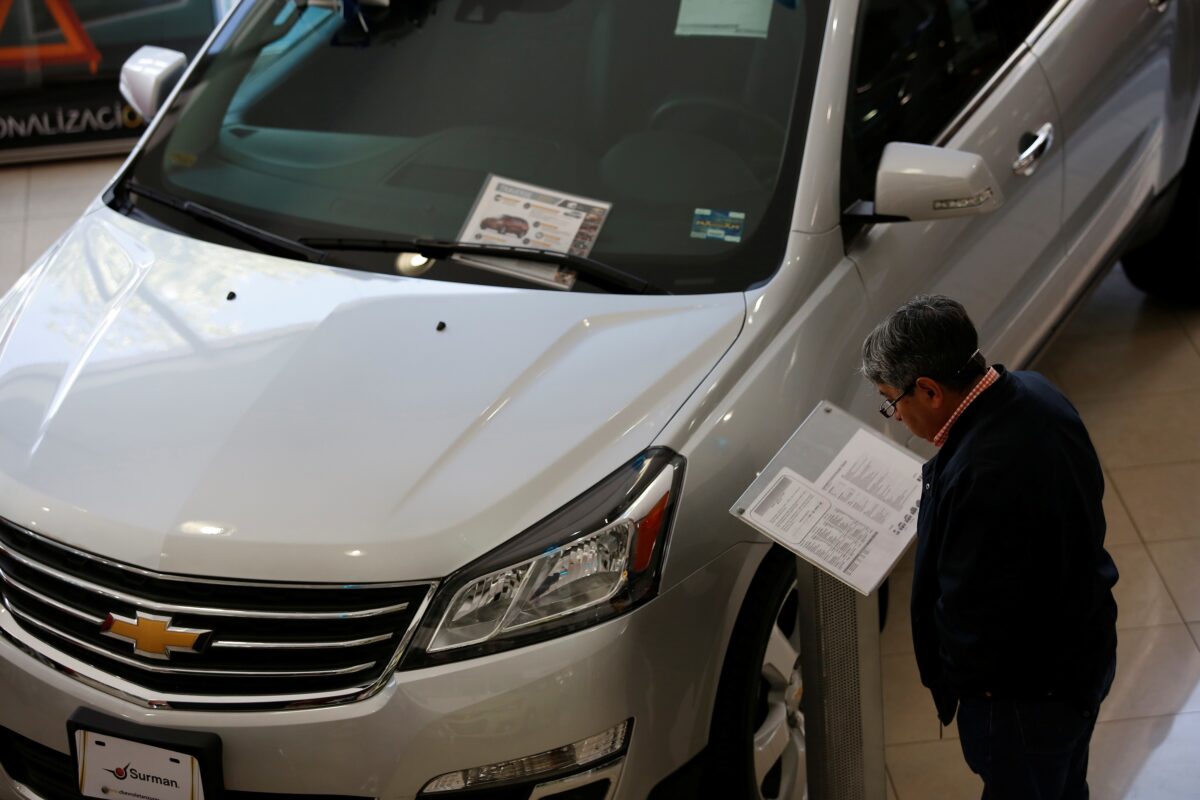Commentary
“Mr Speaker, I am announcing tonight a schedule to increase Australia’s defence expenditure to three percent of GDP over the next 10 years.
“This is a necessary response to the Defence Strategic Review which the Albanese government commissioned, the recommendations of which we endorsed recently. It is a realistic response to the threats to our national security. The defence of the nation is the first duty of a national government; it is a duty that this financial commitment will help to fulfil.”
These were the words that Treasurer Jim Chalmers could have said in last week’s budget, but did not.
When the Abbott Liberal government committed Australia to spend two percent of GDP on defence, it was to establish a floor, not a ceiling.
Yet, almost a decade later, defence expenditure has fallen below two percent and is rising to just 2.04 in 2023-24.
Following the release of the Defence Strategic Review a few weeks ago, I wrote that one of the biggest dangers to the aspirations set out in that document was a funding shortfall.
Defence expenditure is projected to grow to 6.3 percent of the Commonwealth budget, a minor increase from 6.1 percent. For the nation’s number one priority, this is grossly inadequate.
Apart from contingency expenditure for future submarines, there is little additional money for the myriad of new projects outlined in the Defence Strategic Review.
It seems the necessary resources identified by the Review are completely divorced from the government’s future defence expenditure.
It also reinforces the view that the Review was released on the eve of ANZAC Day to minimise the coverage of its findings.

The budget papers do point to increased funding to 2.3 percent of GDP in the medium term, which is beyond the budget forward estimates.
Yet the forward estimates are just that—estimates. How reliable is a vague promise to increase expenditure in five to ten years’ time?
It is actual expenditure on defence that ultimately counts, not predictions about what a government in two or three parliament’s time might do.
So Many Boxes Left Unchecked
Apart from equipment, the government has not indicated how it will attract thousands of more people to serve in the Australian Defence Force.
These are serious concerns for Australia, having been warned in the public version of the Defence Strategic Review that the country faces the most dangerous and uncertain security environment since World War II.
“China’s military build-up is now the largest and most ambitious of any country since the end of the Second World War,” warned the authors.
Ironically, that build-up is being underpinned by the export of Australian resources to China, but hardly any of our mining taxes are expended on defence!
It was the boom in commodities, and a change in accounting to include the Future Fund in the budget bottom line for the first time, that provided an unexpected, but temporary budget surplus.
One welcome budget item was the $1.9 billion (US$1.27 billion) over four years to bolster our regional security.

Overall, the budget was a missed opportunity. The nation’s net debt is predicted to grow to $702.9 billion in 2026-27 as the one-off surplus disappears.
Each year, we are also paying record, fast-growing interest payments to service it.
Further, social security and welfare payments amount to $250 billion. An out-of-control National Disability Insurance Scheme (NDIS) is threatening to balloon out to as much as $100 billion.
The underlying issues of low productivity and inadequate workforce participation have also not been tackled.
Meanwhile, migration into Australia will increase by 1.5 million people—the size of Adelaide—over the next five years, compounding the current housing shortage.
To top all this off, inflation still remains a challenge, with our core inflation rate the highest of every advanced economy in the world.
Coupled with higher power bills and higher taxes, many Australians are staring down the barrel of a challenging future.
Views expressed in this article are the opinions of the author and do not necessarily reflect the views of The Epoch Times.

















































